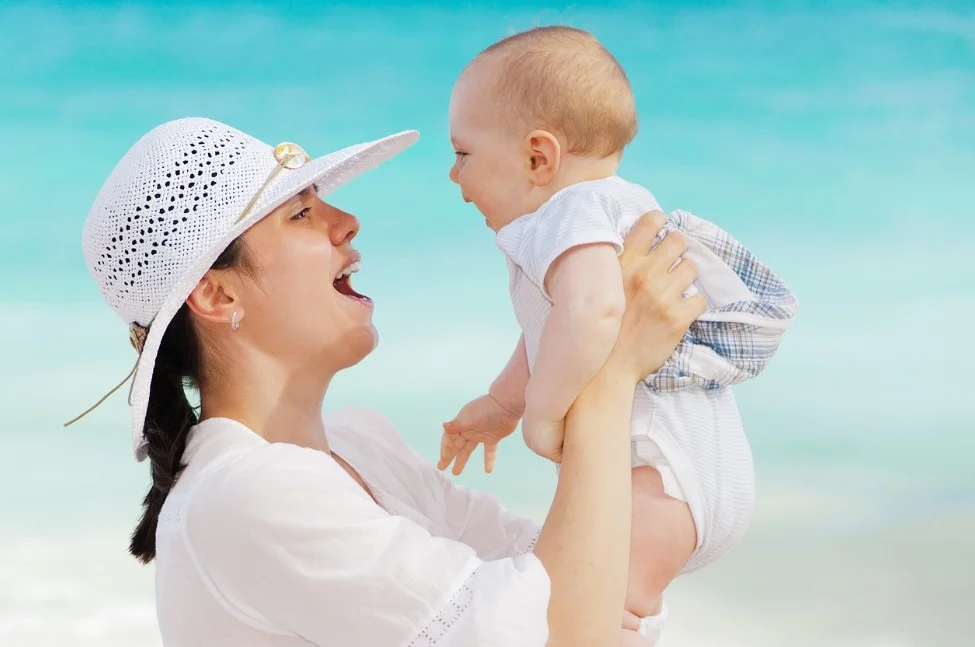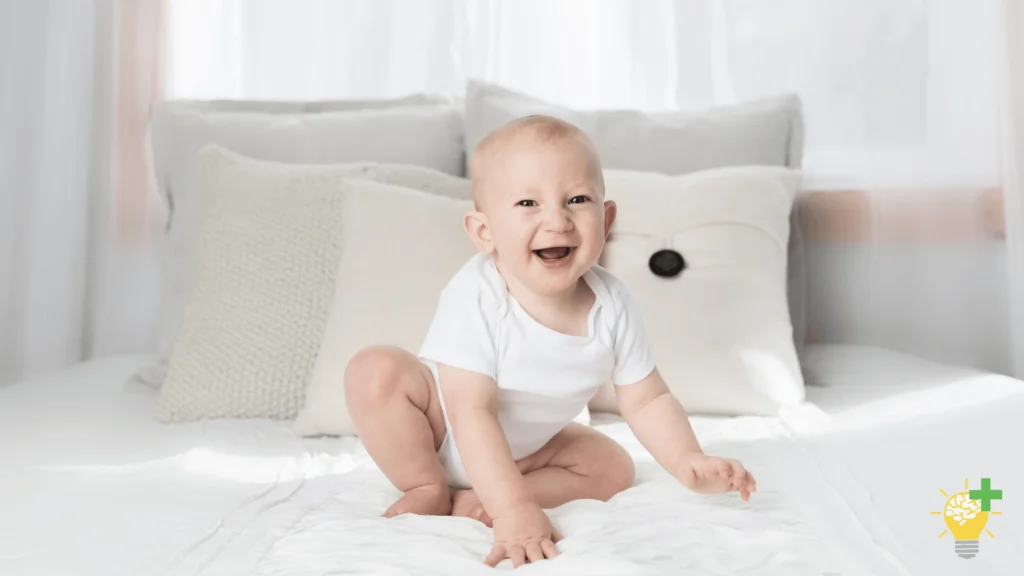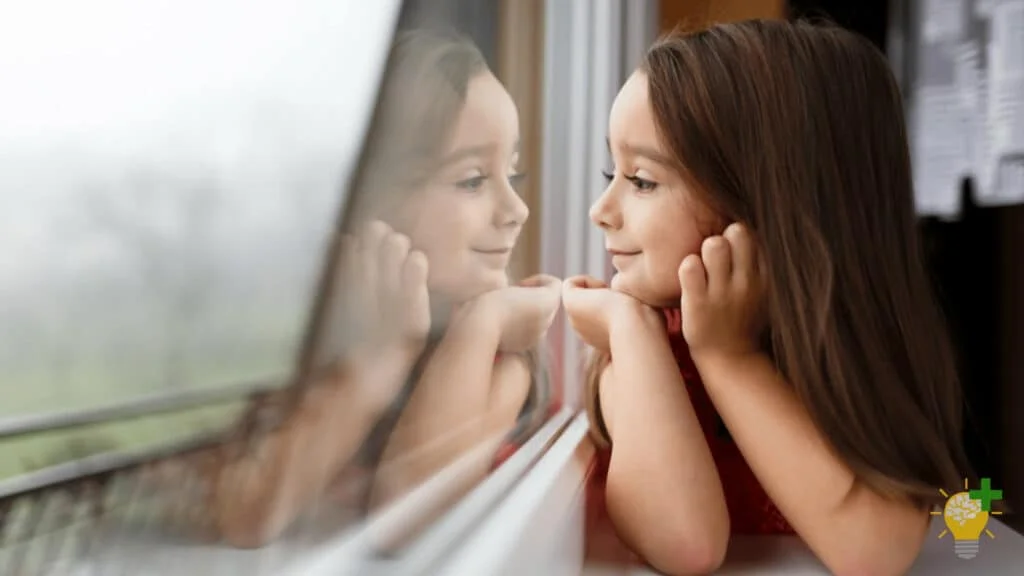Hearing a baby’s first attempt at verbal communication can be exciting for parents. And although the sounds usually don’t make any sense to most adults, research shows they support social, cognitive, and literacy development in little children.
But what does your little one mean by those adorable noises? Here are important things every parent should know about the significance of cooing vs babbling in their child’s language development.
Cooing vs Babbling: What’s the Difference?
Babies are different, yet every child’s first stage of language development starts with cooing and babbling ― the seemingly meaningless noises they make when they begin to learn expressive language as a form of communication.
Cooing and babbling are universal for all babies, regardless of the parents’ language or the language spoken in the home. And it doesn’t matter whether your child is exposed to one or multiple languages; he or she will coo and babble at different stages to express themselves.
It may be tricky to decode the exact meaning of those noises, but here’s a general overview.
What Is Cooing?
The “coo” sound babies make when trying to verbally express themselves (as they see their parents or caregivers do) is called cooing. These cute noises include soft, vowel-like sounds, such as “ooh,” “eh,” and “aah.”
Baby cooing is obviously not the first sound your little one makes when communicating with you. Infants communicate by grunting and crying from age 0 through 1 or 2 months before they start cooing.
However, while cries are produced through the mouth, cooing sounds involve different vocal muscles. Typically, cooing occurs when vibrations are produced in the vocal cord inside the throat.
As for what cooing sounds could mean, it is the closest thing to verbal expression of happiness, excitement, or contentment in infants. Baby cooing could also mean your child is trying to get your attention or is simply entertaining itself.
Remember that each child is unique, so don’t panic if your baby isn’t cooing at 2 months old or starts way ahead of that age. This language milestone can differ for each child, so it is okay if it happens earlier or later.
What Is Babbling?
Often referred to as baby talk, babbling is your little one’s attempt at mimicking actual words, although the sounds are still random and almost incomprehensible.
At this stage, babies start to combine vowel and consonant-like sounds to express themselves verbally. Typically, your little one will start making sounds like “ba-ba-ba,” “na-na-na,” and “muh-muh.”
Babbling sounds are a bit more complex than cooing because they involve more organs, such as the lips, tongue, and palate. And because infants at this stage of language development can sometimes move their jaws voluntarily, it’s common for them to make a wider range of sounds.
In many babies, babbling starts around 4 to 6 months old. Again, it can be earlier or later in your child, and that’s okay.
But what does it mean when your baby babbles?
Actually, babbling doesn’t have any special meaning different from cooing. However, you may start to notice certain patterns in the babbling sounds when your baby approaches 10 months or thereabout.
Some children may start conversational babbling ― mimicking adult speech. This milestone sets the stage for little kids to speak their first real human words.
Cooing vs Babbling: Why Should You Care?

Crying, gurgling, grunting, and smiling are some initial ways your infant communicates with you. After about a month or so, the baby starts to coo and eventually graduates into baby talks or babbling sounds.
These noises may sound cute to adults, but they indicate key developmental milestones:
- Your little one is catching on to the idea of verbal communication.
- The child is learning the basics of two-way conversations, interacting, and socializing.
- Your baby is strengthening the various oral muscles required to formulate words.
When parents and caregivers respond positively to these cute noises, it encourages babies to initiate verbal communication from a very early age.
Research shows this process shapes language development in infants, particularly when mothers encourage little ones to babble.
Here’s another reason to take these milestones seriously: a delay or absence of babbling can indicate a developmental disorder in babies that can show up further down the line as they grow older.
Autism, Down syndrome, hearing impairment, and speech issues are common reasons for delays in early language development milestones.
Okay, there’s really no reason to fret or panic if your little one isn’t making cute noises like other kids of the same age. Remember, each child is different, and just because yours isn’t making baby talks at 6 months of age doesn’t necessarily mean something is off with the child.
However, you should consider seeing a child health professional or pediatrician if your 8 to 10-month-old baby isn’t babbling. The earlier an expert looks at the child and rules out or treats potential issues, the earlier your child can improve and develop normally.
Cooing vs Babbling: Encouraging Your Baby’s Language Development

Having seen the importance of early language development, here are some important tips to help support your child’s development.
I should mention that many of the ways to encourage your baby’s language development may sound somewhat silly. In other words, you should consider working on your parenting skills if acting “childish” ranks among your weaknesses as a parent.
With that out of the way, here are some key tips to stimulate your baby’s verbal and communication growth.
1. “Converse” With Your Baby
As ridiculous as it may sound, if you want to support your little one’s progress, you should treat him or her as a talker. And this should start from birth, not just when they start making cute cooing or babbling noises.
It might not be obvious to adults, but babies are capable of learning important communication and social skills, such as:
- Vocal tone
- Speech speed and pacing
- Taking turns to speak
Don’t ignore your child when they start cooing or babbling. While they may not know how to form actual words, they are trying to communicate verbally, so always talk back to your baby to encourage the language learning process.
It doesn’t matter whether what your kid is saying makes absolutely no sense; the more you play along and respond to their gibberish, the easier they can grasp real words.
Don’t know exactly what the “conversation” with your baby should look like? That’s okay. Many new parents face the same challenge, but you don’t have to overthink things. Here are a few ideas you might want to try:
- Tell your child what you are doing (for example, “Let’s put your blue sweater on.”). Use everyday activities to increase your baby’s vocabulary.
- Point out objects and say their names to help your baby connect visual images with words.
- Ask questions and answer them to boost language comprehension.
2. Respond With Similar Sounding Words
Want to effectively coach your child to initiate speech? Don’t just stop at imitating their cooing or babbling sounds. Rather, use actual words that sound similar to what they are saying when responding to your child.
For example, instead of repeating “dada,” you could say something like “Daddy” to help your baby learn the right words.
Give your baby your full attention when engaging them in conversations. Whenever you engage your baby, remember to:
- Make eye contact
- Smile
- Use hand gestures
- Use facial expressions
- Point at objects
These tell your child (more than words can) that you are fully into them and really want to communicate.
3. Read and Sing to Your Baby
Find some good picture books and read them to your baby from an early age. It may not seem logical to read to a 4 to 6-month-old infant, but these little humans are great at picking up speech patterns and word sounds.
In addition to teaching new vocabulary, reading to your child can help ignite their interest in books as they grow.
When you sing to your baby, choose songs with plenty of rhymes and repetitions. These rhythmic patterns not only capture your child’s attention but help them learn the proper way to say the words.
5. Be Consistent in Your Use of Words
Try to use the same labels each time you describe something to your baby. Doing this will prevent confusion as your baby tries to make sense of adult speech.
For example, if you start out using “cat” to describe your pet, stay consistent with that label. Avoid interchanging words like “kitty,” “fluffy,” or “whiskers” to describe the same animal.
Teach your child alternative words when they grow older, but not in infancy.
Final Thoughts
Talking to your little one right from birth is part of conscious parenting. Hopefully, this guide on cooing vs babbling will spur you to foster your baby’s language development from a very early age.
Remember, no two babies are the same, but you should seek professional help if your 8 to 10-month-old child isn’t making an effort to communicate verbally.




